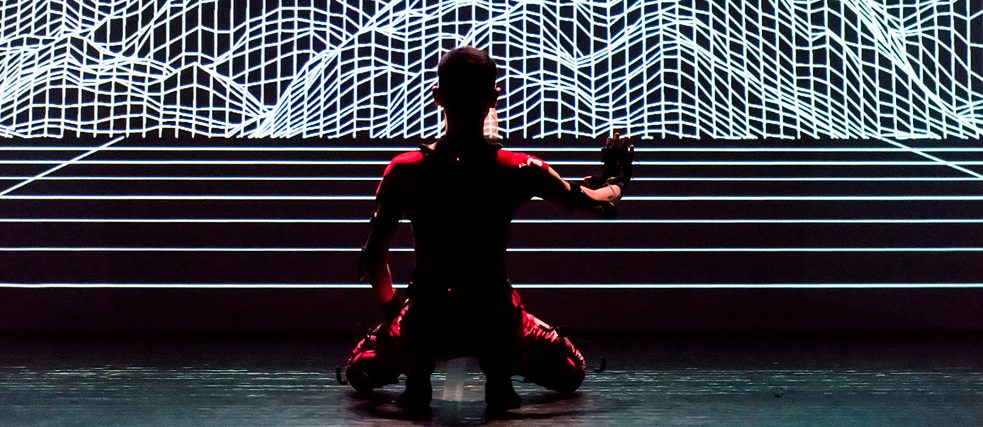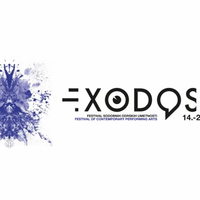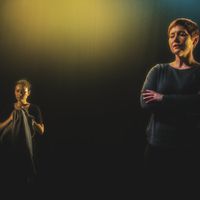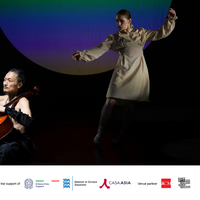Exploring Asian dance cultures, AI and Western perspectives | Choy Ka Fai in Germany

Goethe-Institut online profiles choreographer and video artist Choy Ka Fai. Trained in Singapore, London and Berlin, since 2017 he has been factory artist at Tanzhaus nrw Düsseldorf. Choy Ka Fai explores questions about the future that move him in his performances.
Media artist Choy Ka Fai experimentally explores movement, art and technology with some science added to the mix. His pieces delve into and document traditional and contemporary Asian dance culture.
By Eleonore von Bothmer
He sees dance as the only medium capable of developing a body of the future. So he merges neuroscientific elements – such as visualizing the dancers’ brain activities – with technology and movement on the stage. Born in Singapore in 1979, Choy Ka Fai earned a degree in the video arts from Lasalle College of the Arts in 2004, studied design interaction at the Royal College of Art in London, and served as assistant director at Singapore’s Theatreworks from 2007 to 2009. His projects and pieces feature at festivals worldwide.
DR DANCE INCORPORATES AI
Choy Ka Fai sees robots as integral to combining technology and movement in his work. In one of his best-known media dance performances, Dance Clinic, he played the role of Dr Dance and created an artificial intelligence prototype - Ember Jello - that used motion capturing and brain-current analysis to give dancers clues for optimising their performance. Dance Clinic is a playful allusion to the belief in a technology that can do everything. For his 2012 Dance Fiction piece, sensors were attached to the dancers’ bodies to digitally record muscle movements, and artificial body movements were choreographed from the resulting data.
ASIAN GHOST AS AVATAR
In his productions, Choy Ka Fai thematises Asian dance cultures and the Western view of them. His 2018 piece UnBearable Darkness employs the Japanese Butoh dance style. Spiritual encounters with the ghost of the old Butoh master Tatsumi Hijikatas inspired the piece, in which he has the master’s apparition dance as an avatar. In Butoh Choy Ka Fai sees a “rebellious potential that opposes the superiority of Western dance cultures and seeks a choreographic language for the Asian body.” The multi-part SoftMachine is a multimedia archive and research project on dancers and choreographers from Asia, which also echoes with criticism of the Western view of Asian dance cultures.
IN HIS OWN WORDS
“I think it’s the position I want to take because, in terms of an art/science collaborations, when a scientist takes the lead it becomes an academic paper—like, 400 pages that I don’t understand. But when an artist takes the lead, a lot of the interesting science is lost because, at the end of the day, they want to put something beautiful on stage. So I’m trying to be in-between; it’s common sense to me, in the sense of public science.” (Quelle: realtime)
Image: Choy Ka Fai’s „Unbearable Darkness“ | Photo (detail): © Katja Illner
Similar content
By Ramona David
14 Mar 2011
from - to
14 Apr 2013 - 25 Apr 2013
from - to
27 Oct 2023 - 27 Oct 2023
By Kerrine Goh
01 Nov 2023






